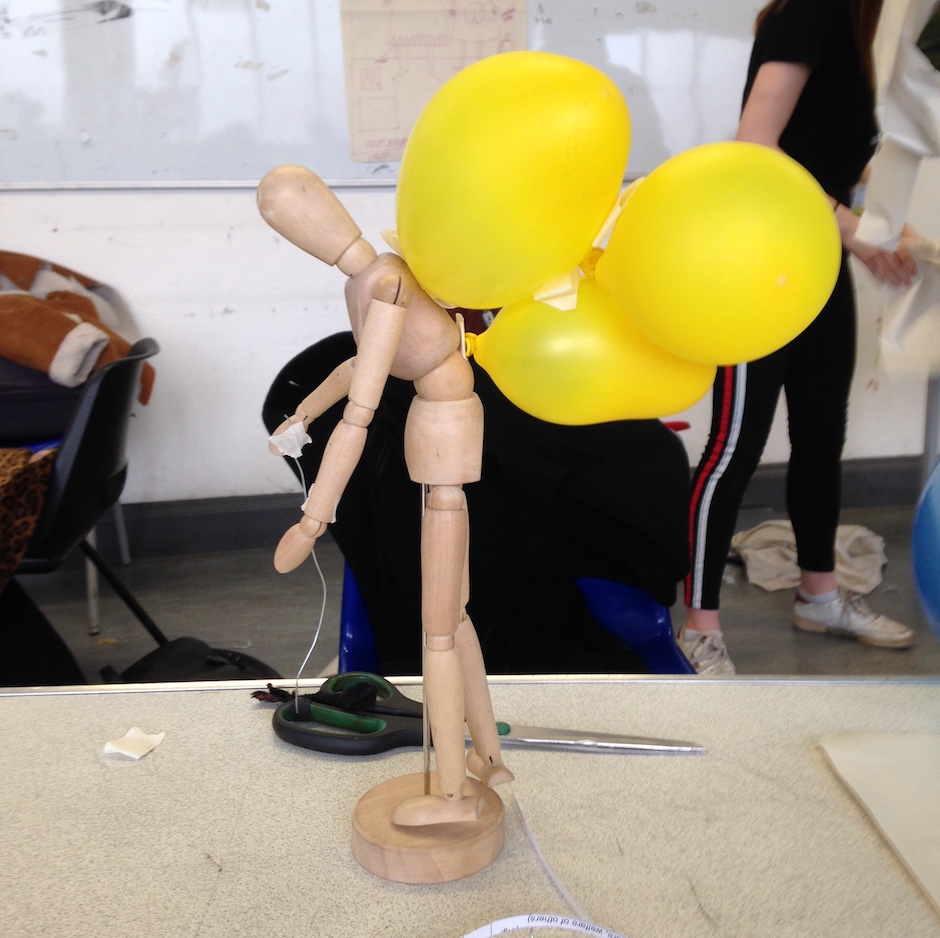In response to reading
Drawing laboratory: Research workshops and outcomes
by Michelle Salamon, Associate Lecturer, BA (Hons) Graphic Communication Design,
Central Saint Martins

In my time teaching design to costume, hair, make-up and prosthetic students in the performance programme, drawing has steadily been given more focus as a teaching tool. It is essential to my practice as a teacher and theatre designer, so I was fascinated to read this paper by Michelle Salamon which recounts a pilot scheme setting up a Drawing Laboratory at Central St Martins in 2015. This
“explored the relationship between the physical act of drawing and the making and storage of experiential memory. The intention of the project was to informally pilot a co-curricular space in which drawing might extend beyond traditional expectations. It aimed to use drawing as a research tool for developing thinking, improving concentration and enhancing memory. “Salamon M (2018)
Teaching drawing sessions has elicited mixed reactions from the students. Some are confident and others immediately declare that they can’t draw at all and are reluctant to do it. To encourage everyone to participate and to try and open minds to a broader definition of what drawing can be, I often emphasise the many ways it manifests in our industry as a tool. To regard drawing as functional and therefore having currency beyond its looks can be helpful, especially when a student is feeling that their drawing is inadequate aesthetically. It can shift their perception of the value of drawing into another area – another way of thinking, an accessible, non-verbal way of exchanging ideas, or an act of recording for example. Their skill then resides in communicating a concept or encounter for example, to each other or back to themselves
As the article notes:
” The purposes of drawing are broad and in the context of creative education, often highly individual, ‘private work related only to the artist’s needs’ (Berger, 2012, p.4). This project set out to demonstrate another function of drawing, as a scientific, forensic tool used for probing and searching for answers” Salamon M (2018)
This approach often bypasses the inner critique that is making the student doubt their ability. It also gives the student permission to seek out different styles of drawing that suit the task – expressive lines for a character sketch, something cleaner and more graphic for a technical drawing or a simple short hand sketch to note down a pair of shoes seen on the tube.

Now I have more evidence to share with them from this active research, sharing the way drawing aids memory-
“The experience of making a drawing becomes part of the experience of remembering and so, combines the act of remembering with the raw memory.” Salamon M (2018)
I will use the exercises that are generously shared in this report the next time I either look at research methods or visit a museum or archive with the students. The remote viewing and muscle memory exercises are straightforward to use and make the most of what is unique in being in the room with an object as opposed to simply harvesting an image online. To encounter and remember through drawing feels a richer experience, that will support slow looking, and sense of being in the moment with an object, open to everything it can tell you.
Bibliography
Salamon M ( 2018) Drawing laboratory: Research workshops and outcomes Spark: UAL Creative Teaching and Learning Journal Vol 3 / Issue 2 (2018) pp. 131-14

